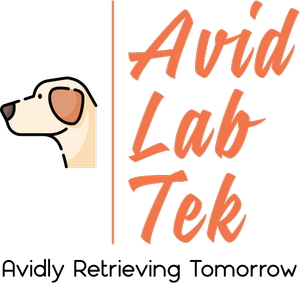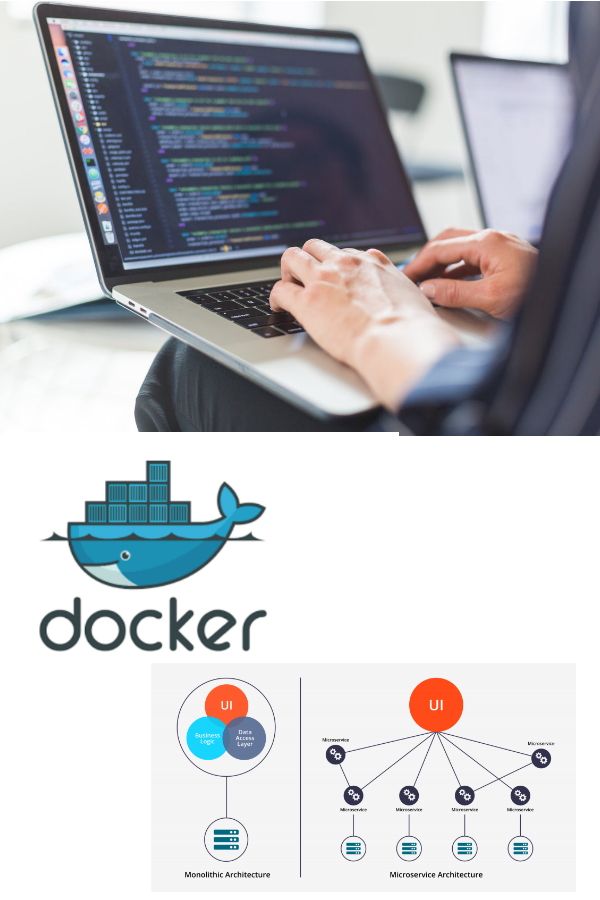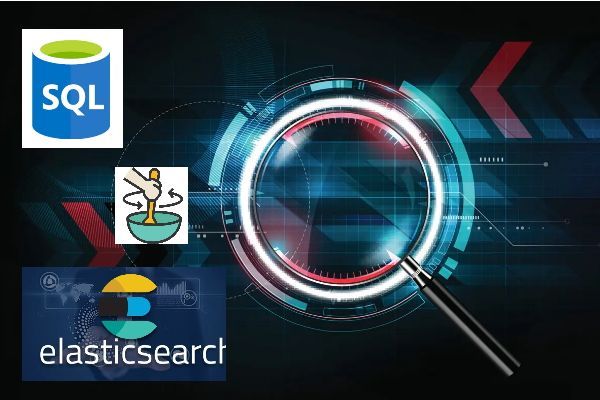
BLOG
Blog

By sites
•
01 Mar, 2023
As software development continues to evolve, so does the architecture behind it. One of the most popular approaches today is the use of microservices and containerization with Docker. While these technologies offer many benefits, they can also be complex and overwhelming for those just starting out. That's why we're here to offer some practical advice: do what works for you. What are microservices and Docker? Microservices are an architectural approach to building software applications as a suite of small, independent services that communicate with each other via APIs. This approach allows for greater flexibility, scalability, and resilience, as each service can be developed, deployed, and managed independently. Docker, on the other hand, is a containerization platform that allows developers to package an application and all its dependencies into a container, which can be run consistently across different environments. This allows for greater portability and ease of deployment, as well as better resource utilization. Do what works for you With so many benefits, it's no wonder that microservices and Docker have become so popular. However, it's important to remember that what works for one team or project may not work for another. Here are some practical tips to keep in mind: Start small: Don't try to tackle everything at once. Start with a small project or service and gradually expand from there. This will help you get comfortable with the technology and learn as you go. Focus on your goals: Remember why you're adopting microservices and Docker in the first place. What are your goals? What problems are you trying to solve? Keep these in mind as you make decisions about architecture and implementation. Use the right tools: There are many tools available for working with microservices and Docker, but not all of them will be right for your project. Do your research and choose tools that fit your needs and goals. Keep it simple: Don't overcomplicate things. Microservices and Docker can be complex, but they don't have to be. Focus on simplicity and ease of use wherever possible. Learn from others: There is a wealth of information and resources available online for working with microservices and Docker. Don't be afraid to learn from others and ask for help when you need it. Conclusion Microservices and Docker offer many benefits for software development, but they can also be overwhelming. The key is to do what works for you. Start small, focus on your goals, use the right tools, keep it simple, and learn from others. By following these practical tips, you can successfully adopt microservices and Docker in a way that works for your team and your projects.

By sites
•
12 Mar, 2019
Keep up-to-date with the latest technologies and trends: The web development industry is constantly evolving, and it's important to stay up-to-date with the latest tools and technologies to stay competitive. Be proactive in learning new programming languages, frameworks, and libraries. Prioritize user experience: Front-end development is all about creating a great user experience, so make sure that the design and functionality of your website or application are easy to use, visually appealing, and accessible to all users. Collaborate and seek feedback: Collaborate with your team members, share your work, and seek feedback. Criticism can be tough, but it's an essential part of the learning process. Be open to constructive criticism, and use it to improve your skills and grow as a developer.

By sites
•
12 Mar, 2019
Are you tired of having to choose between the structured data processing power of SQL and the flexible, unstructured data storage capabilities of Elasticsearch? What if we told you that you don't have to choose anymore? By combining these two powerful technologies, you can unlock a whole new level of data processing and analysis possibilities. SQL is a powerful language for querying structured data, and Elasticsearch is a NoSQL database that specializes in storing and searching unstructured data. Both have their own strengths and weaknesses, but when used together, they can complement each other and fill in each other's gaps. Here are some of the ways you can leverage the power of SQL and Elasticsearch together: Unified Data Retrieval: Elasticsearch can store both structured and unstructured data, making it an excellent choice for a search engine or a data lake. However, Elasticsearch's querying capabilities are not as powerful as SQL's. By using SQL to query Elasticsearch, you can perform complex queries that span multiple indices or document types. Complex Aggregations: Elasticsearch is great at aggregating and summarizing data, but sometimes you need to perform more complex aggregations that require grouping and filtering. SQL is excellent at these types of queries, and you can use it to perform advanced aggregations on Elasticsearch data. Schema Enforcement: Elasticsearch is schemaless, which means you can store any type of data in it without having to define a schema beforehand. However, this also means that you can end up with inconsistent data or data that doesn't conform to your business rules. By using SQL to enforce a schema on top of Elasticsearch, you can ensure that your data is consistent and accurate. Data Enrichment: Elasticsearch is great at indexing and searching data, but it's not as good at joining data from multiple sources. SQL, on the other hand, is excellent at joining data from multiple tables or databases. By using SQL to join data from multiple sources and then indexing it in Elasticsearch, you can create a powerful search engine that can retrieve data from disparate sources. Real-time Analytics: Elasticsearch is optimized for real-time data processing, but it's not as good at performing complex analytics on historical data. SQL, on the other hand, is excellent at historical data analysis. By using SQL to query historical data and then indexing the results in Elasticsearch, you can create a real-time analytics platform that can provide insights into both historical and real-time data. In conclusion, combining SQL and Elasticsearch is a powerful way to leverage the strengths of both technologies and create a data processing and analysis platform that can handle both structured and unstructured data. By using SQL to query Elasticsearch and enforce a schema, perform complex aggregations, and join data from multiple sources, you can unlock a whole new level of data processing capabilities. If you're interested in learning more about how SQL and Elasticsearch can work together, contact us at AVID LAB TEK. We offer consulting and training services in both SQL and Elasticsearch and can help you build the data platform of your dreams.

